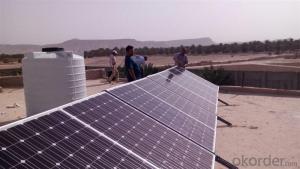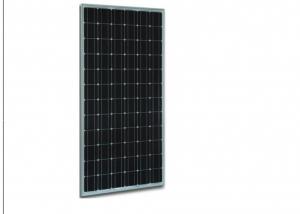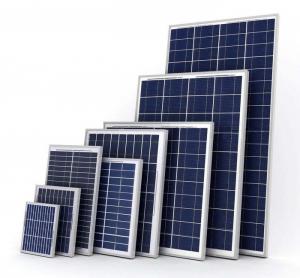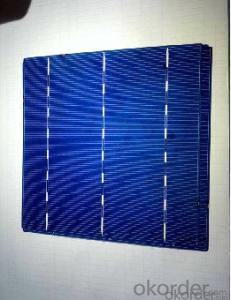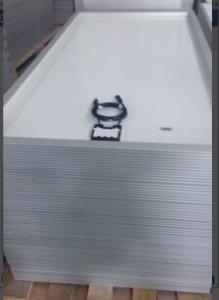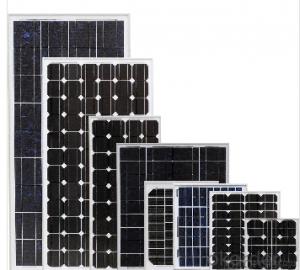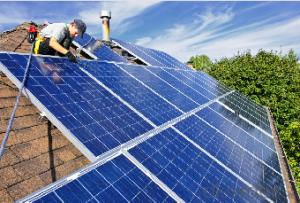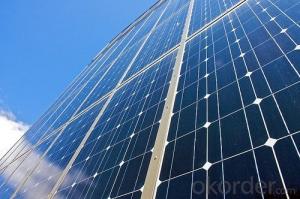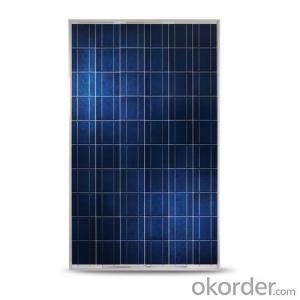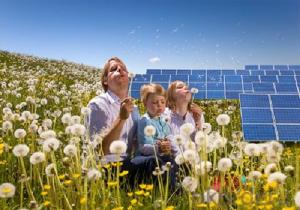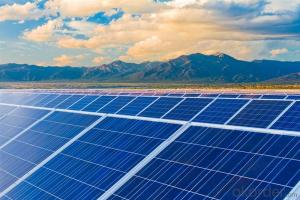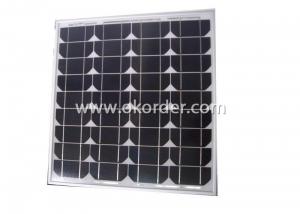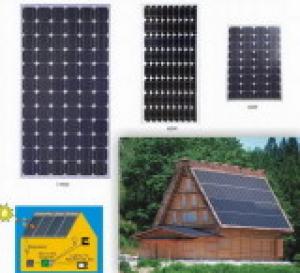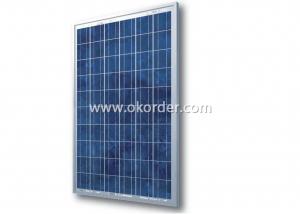230W Mono Solar Panel - CE and TUV Approved for Solar Panels on A Cloudy Day
- Loading Port:
- Shanghai
- Payment Terms:
- TT OR LC
- Min Order Qty:
- 10000 watt
- Supply Capability:
- 1000000 watt/month
OKorder Service Pledge
OKorder Financial Service
You Might Also Like
Specification
1. Detailed Introduction for Mono solar panel
Type | CNBM Solar Monocrystalline Series |
Materials | Silicon |
Guarantee | 12 yrs free from defects in materials and workmanship No less than 90% within 10yrs and no less than 80% within 25yrs TUV(IEC61215&IEC61730), CE, UL |
Application | Photovoltaic/ solar/ green energy/ energy saving |
Descriptions | 1.High efficiency crystalline silicon solar cell. Even if under the weak light, the solar module can produce maximum power output. 2.Tempered glass (toughened glass): Anti-reflecting coating and high transmission rate glass increase the power output and mechanical strength of solar module. 3. EVA and TPT: Using high quality EVA and TPT to prevent destroying and water. 4. AI frame: Without screw, rner connection. 6 holes on the frame can be installed easily. 5. Junction box: Multi function junction box with water proof. 6. Long lifetime: ≥25 years; Less power decrease. 7. Good performance of preventing from atrocious weather such as wind and hails. 8. Resisting moisture and etching effectively, not effected by geology. 9. The certificate issued by international authority: UL, TUV, IEC, CE.
|
Packaging Details: | 26pcs/pallet, 28pallets/ 40HQ Our solar panels are packed in cartons, and then pallet. Shipping by sea or by air are both ok, it up to customer’s chose. We’d like to inquiry the freight cost for customer after be informed exact quantity and destination address. |
2. Technology
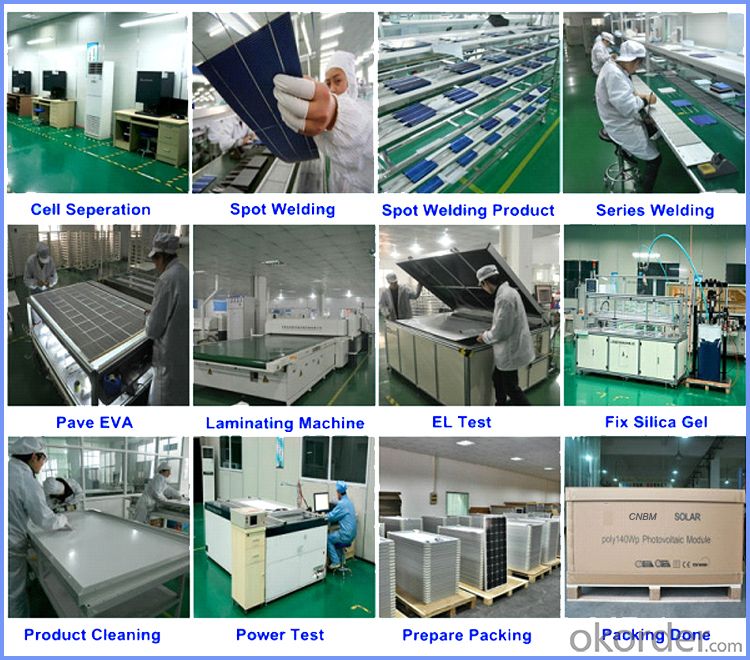
3. Use For
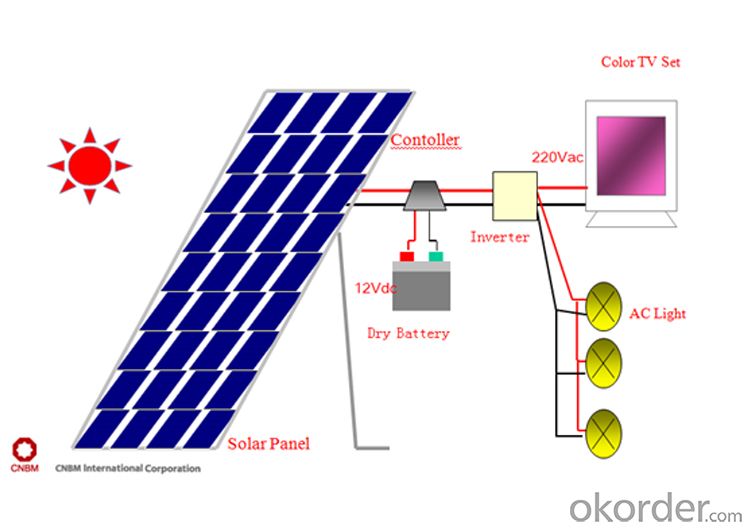
4. The Pictures of the Products
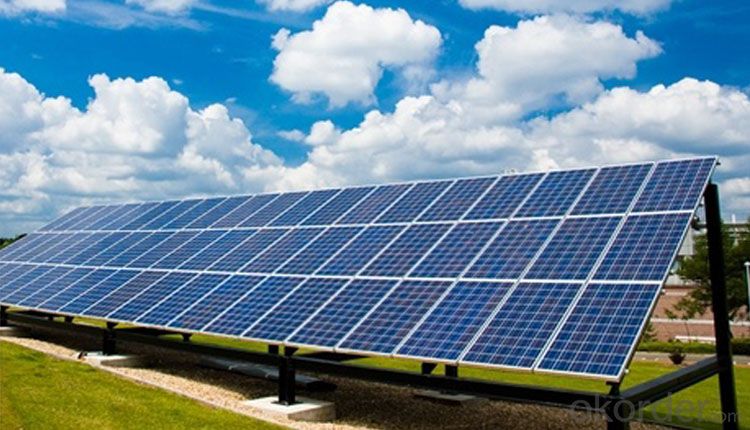
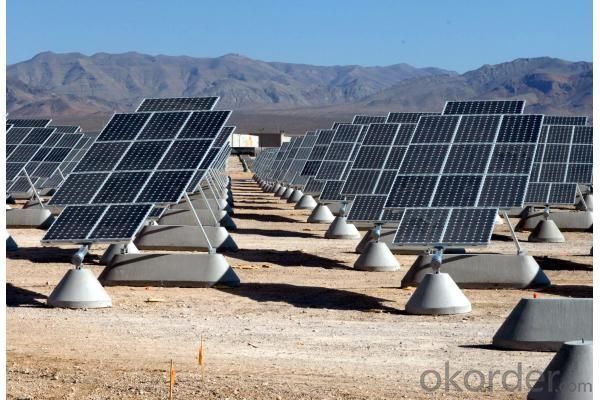
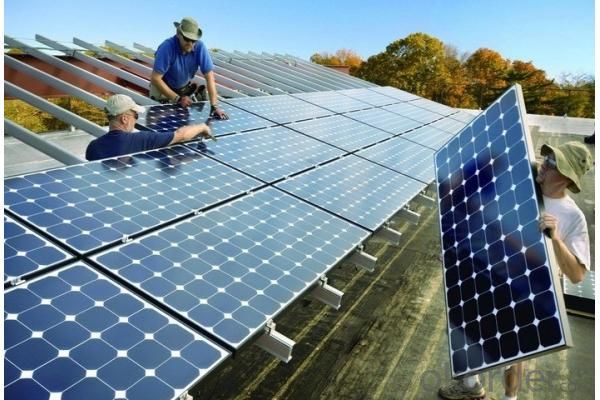
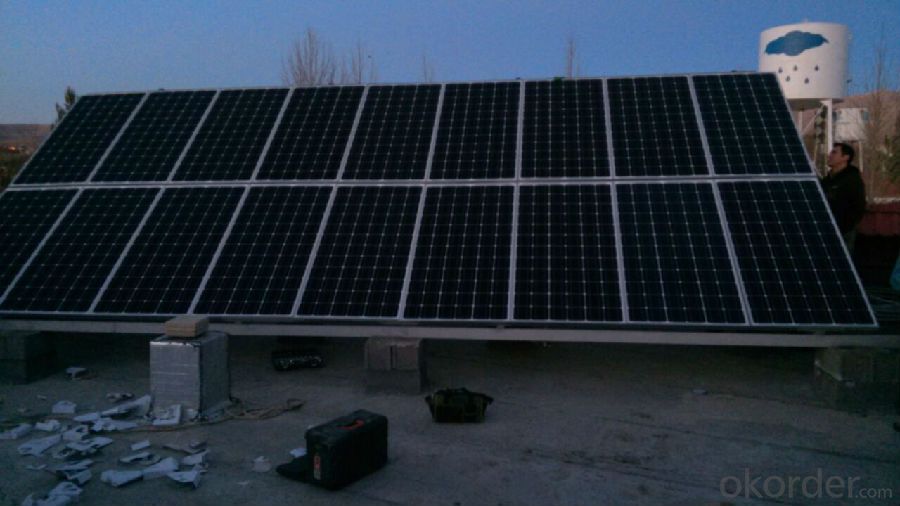
5. Packing Details
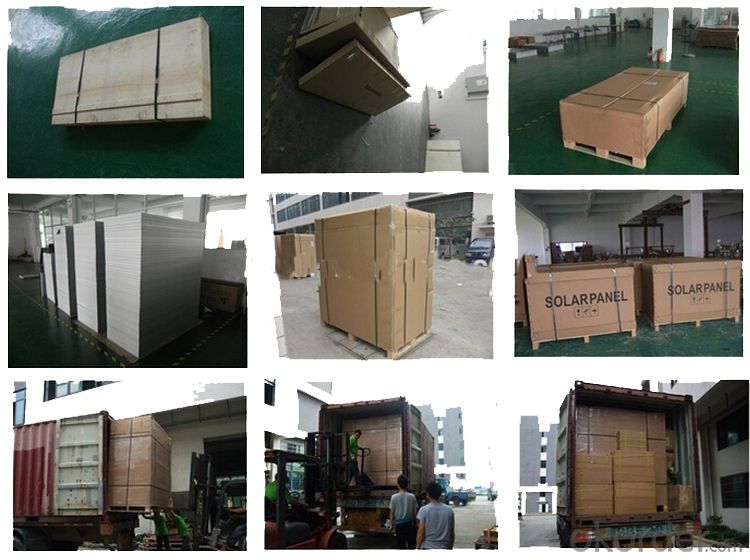
6. FAQ
1). Warranty
Our product performance guarantees for 25 years
12 years guarantee for workmanship
Timeliness of delivery
Quality Products certified (TÜV, UL, CE, ISO)
2). Can you tell me the parameter of your solar panels?
We have different series of cells with different power output, both from c-si to a-si. Please take our specification sheet for your reference.
3). How long can we receive the product after purchase?
In the purchase of product within three working days, We will arrange the factory delivery as soon as possible.
The pecific time of receiving is related to the state and position of customers.Commonly 7 to 10 working days can be served.
- Q: Why might energy from the solar panels sometimes be near zero even in the summer?
- Because when the sun is down there is no solar energy, therefore they produce zero energy. This can happen any time of the year when the sun has set. But not to worry, they the sun will rise the next day. ;-) If you need constant power, it is best to connect the solar panels to the grid or to batteries to have power throughout the day and night too !
- Q: how much would you pay for a 2'x4' solar panel that puts out 24 volts and 74 watts?
- Build okorder /
- Q: Got a quote for about $K today for solar panels to save me about $00 a month on my electric bill. I was just wondering if anyone had successfully bought and installed their own and how it worked for you?
- i have always been interested in it but the storage (batteries) and power grid tie in (to get paid for excess) technicalities made me shy away. since your getting it installed im sure labor is a huge part of that -OKorder has tons of the equipment. I think wind may be a good home renewable source depending on where you live (cheaper than solar if you got the wind and space) I would doubly check any goverment offerings - I know they used to and maybe still do offer sizable credits if you are within the bureacratic standards so make sure the installers work with you on that. good luck -its new - and going to be a hassle to get right but the world needs more like you. willing to pay more now for a better tommorow (and not just $ wise) you should come out ahead as interest rates and market provides little value on that cash and saving any equipment falure you sound good. does the price include the batteries for all your produce kwh's? panels and labor aside batteries are the next big one
- Q: I am completely ignorant on this subject. I was just wondering out of curiosity of how many solar panels and equipment that it would take to run a central ac for a 2500 sq ft home and a pump for a medium sized pool. I'm talking running ac for like 8 hours a day to keep around 65-70 degrees and running the pump 24/7. Just looking for a general ballpark answer.
- Solar panels are not going to be able to run a pool pump 24/7. They will only produce their rated electricity for 4 to 8 hours a day. For the balance you will need a grid connection or a battery backup. Running the AC would require different power levels depending upon humidity, outside temperature levels, solar gain for the house, and insulation levels. An underground house in Maine will be much easier to AC than a Glass house in Arizona. First find the power requirements. If you had the existing equipment they will have a label with the power requirements or the minimum breaker required if nothing else. For example the pool pump may require a 0 amp 240 breaker while the AC may require a 30 amp 240 breaker. That would be 2400 watts for the pump and (30 x 240) 7200 watts for the AC or a total of 9.6kW each hour of operation. (max) You will next need to find the rated capacity of the solar panels. If each panel were rated at 300 watts then you would need 32 panels for the daytime use and perhaps more to fill in a battery backup. All the numbers are very rough estimates.
- Q: Can cold light make solar panels power
- The drawback of solar thermal power generation is that the efficiency is low and the cost is high, At least 5 to 10 times more expensive than ordinary thermal power plants.
- Q: Can solar panels be installed on water bodies or reservoirs?
- Yes, solar panels can be installed on water bodies or reservoirs. This is known as floating solar or floating photovoltaic (FPV) technology. It involves mounting solar panels on buoyant platforms on the surface of the water. This approach offers several benefits, including reduced land requirements, increased energy generation due to the cooling effect of water, and reduced evaporation from the water body.
- Q: If not how do they give power to a house/a company?
- Don is spot on. The connection of that thing called the grid-tie inverter is done at the service panel, the same box where your circuit breakers for the house are. It's not the kind of thing that most homeowners should do on their own.
- Q: Could you throw some long scientific words in with your answer so I can impress my teacher, I'm looking to expand my scientific vocab. Thanks
- Actually Photovoltaic cells also called solar cells in collection forms solar panel. Photovoltaic cells consist of silicon for converting solar energy into electrical energy.
- Q: I need a list of worldwide solar panel manufactures from china, US, Spain, Germany, Japan etc...Can any one direct ne to such place?I rather it will also contain comparison of parameters like efficiacy, quality etc and to be divedied by country of manufacturing.Thank you
- Actually Ofir, it is much easier and less expensive than you might believe. What you need is a magazine, like, Solar Today. There is only one that I am familiar with that gets into the nuts and bolts of solar panel manufacturers, installation, and other types of renewable energy. It's called, Home Power Magazine. We have a home that has been powered by the wind and sun for the last 0 years or so, and most of our initial information came from Home Power, and afterward, from many of the sources that they have in their articles. Every few issures, they take an item connected to renewable energy, such as an inverter, wind turbine, water turbine, or solar panel, and list all the different models that are available. They are broken down by manufacturer, and include specifications like power output, range of voltages, efficiency, materials, and even where they are manufactured. If you subscribe online for one year, the cost is around $25 USD, you will have access to all the previous issues that are archived on their website. You can use their search engine to locate an article listing all the solar panels, they did one a year or so ago with all the information you are looking for. Despite what you might be hearing, solar power usage is growing at an incredible rate. In the US alone, there are over 00,000 homes and businesses operating some level of solar power right now, that's good news. As far as different countries using different requirements, most all of the manufacturers today are selling their products to most countries worldwide, they are designed to meet requirements for almost anyplace you might use them. Check the magazine out today, you might learn more than you were originally looking for. I will include their link below, and some other good sources for information. You can google any one of them to find their website. Good luck, and take care...Rudydoo
- Q: Can solar panels be used in areas with limited access to electricity?
- Yes, solar panels can be used in areas with limited access to electricity. Solar panels convert sunlight into electricity, making them a suitable and sustainable solution for generating power in remote locations or areas without a reliable electricity grid. They can provide clean and renewable energy, helping to meet the electricity needs of communities with limited access to traditional power sources.
Send your message to us
230W Mono Solar Panel - CE and TUV Approved for Solar Panels on A Cloudy Day
- Loading Port:
- Shanghai
- Payment Terms:
- TT OR LC
- Min Order Qty:
- 10000 watt
- Supply Capability:
- 1000000 watt/month
OKorder Service Pledge
OKorder Financial Service
Similar products
Hot products
Hot Searches
Related keywords
